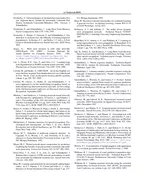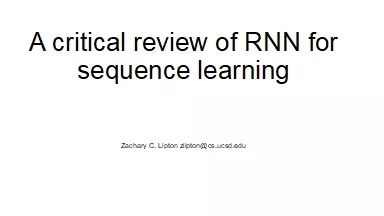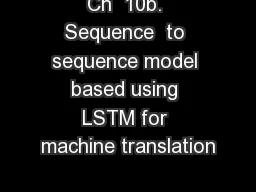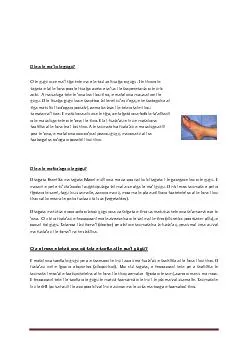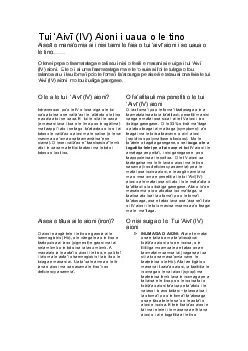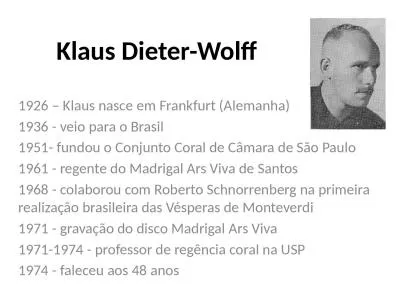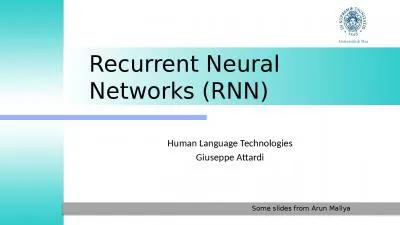PDF-A Clockwork RNN Jan Koutn k HKOU IDSIA CH Klaus Greff KLAUS IDSIA CH Faustino Gomez TINO
Author : marina-yarberry | Published Date : 2015-03-06
Recur rent Neural Networks RNNs have the ability in theory to cope with these temporal dependencies by virtue of the shortterm memory implemented by their recurrent
Presentation Embed Code
Download Presentation
Download Presentation The PPT/PDF document "A Clockwork RNN Jan Koutn k HKOU IDSIA C..." is the property of its rightful owner. Permission is granted to download and print the materials on this website for personal, non-commercial use only, and to display it on your personal computer provided you do not modify the materials and that you retain all copyright notices contained in the materials. By downloading content from our website, you accept the terms of this agreement.
A Clockwork RNN Jan Koutn k HKOU IDSIA CH Klaus Greff KLAUS IDSIA CH Faustino Gomez TINO: Transcript
Download Rules Of Document
"A Clockwork RNN Jan Koutn k HKOU IDSIA CH Klaus Greff KLAUS IDSIA CH Faustino Gomez TINO"The content belongs to its owner. You may download and print it for personal use, without modification, and keep all copyright notices. By downloading, you agree to these terms.
Related Documents

